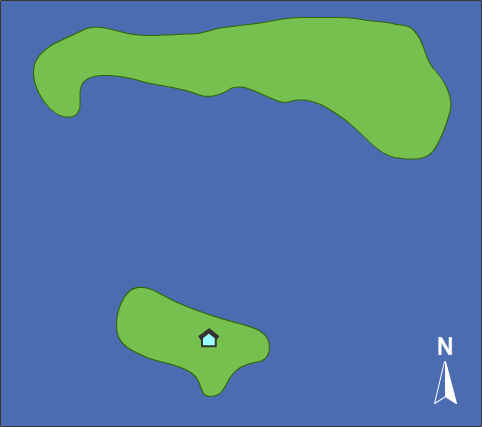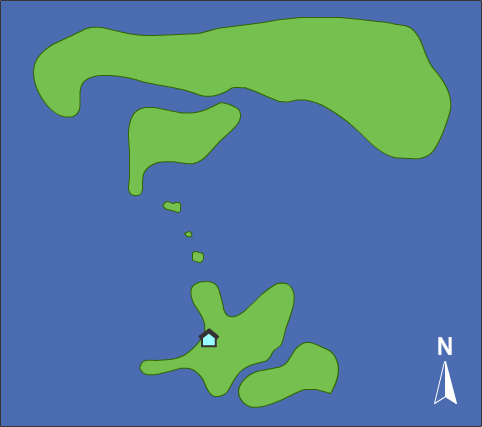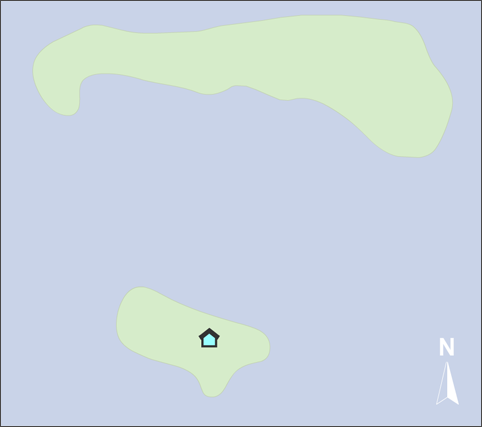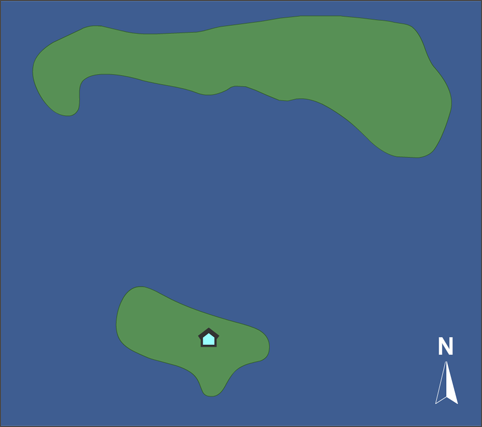The following simulation demonstrates how changing different homing cues affects a pigeon's homing ability.
Instructions
- Select a homing cue modification below.
- Drag the bird to the big island and click "Release Pigeon" to see how the pigeon homes. Repeat, moving the bird to different locations.
- Once you are familiar with how the simulation works, follow the instructions in the question area below, starting with Question 1.
| Modifications |
|---|
|
|


Drag the yellow "LIGHT" bar to shift the pigeon's
circadian rhythm.






See what factors influence a pigeon's ability to home. Click on Question 1 to begin.
Move the pigeon around to different starting locations. Is the pigeon able to find home? How is the pigeon's path affected if you select "Alter Landmarks?" Why do you think that is?
Compare the effects of the frosted contact lenses with the darkened lenses. What do you think could account for the difference?
Run several trials with the pigeon's circadian rhythm adjusted by different amounts. How is the pigeon's path affected?

